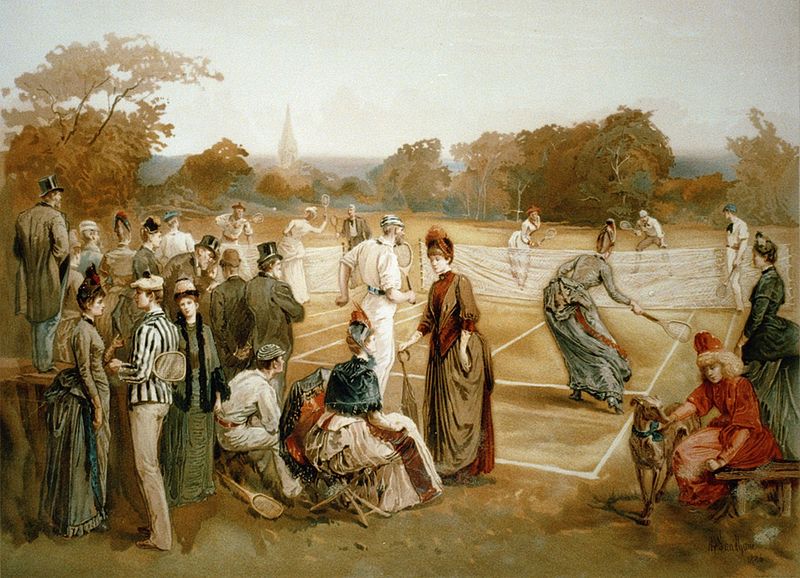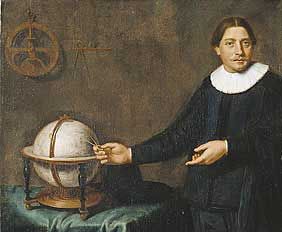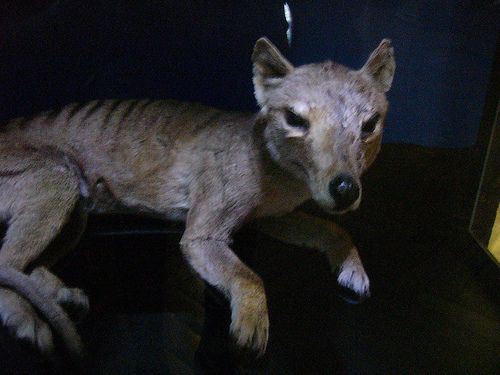Curiosities
SOS stands for...
Have you ever wondered what SOS stands for? If you want a clear answer, it stands for... NOTHING. The popular interpretations that these letters stand for "Save Our Souls", "Save Our Ship", or "Send Out Succour" are not true.
The Marconi Yearbook of Wireless Telegraphy and Telephony , 1918 states, "This signal [SOS] was adopted simply on account of its easy radiation and its unmistakable character. There is no special signification in the letter themselves, and it is entirely incorrect to put full stops between them [the letters]."
In wireless telegraphy it was thought that the use of three dots, three dashes and three dots of Morse (code) could not be misinterpreted, and that is why SOS is used.
•••———•••
The correspondent verbal word to mean you need help is MAYDAY, whose story is really interesting... click here to read about it!
The history of tennis1
 |
| By Prang (L.) & Co. Public domain |
Do you know how one of Paco's favourite sports began?
Harry Gem and his friend Augurio Perera developed a game that combined elements of rackets and the Basque ball game pelota, which they played on Perera's croquet lawn in Birmingham, United Kingdom. In 1872, along with two local doctors, they founded the world's first tennis club in Leamington Spa. The Courier of July 23, 1884 recorded one of the first tennis tournaments, held in the grounds of Shrubland Hall.
In December 1873, Major Walter Clopton Wingfield designed and patented a similar game — which he called sphairistike (Greek: σφάίρίστική, from ancient Armenian meaning "skill at playing at ball"), and was soon known simply as "sticky" — for the amusement of his guests at a garden party on his estate of Nantclwyd, in Llanelidan, Wales. He likely based his game on the evolving sport of outdoor tennis including real tennis. According to some tennis historians, modern tennis terminology also derives from this period, as Wingfield borrowed both the name and much of the French vocabulary of real tennis and applied them to his new game.
The first championships at Wimbledon in London were played in 1877. The first Championships culminated a significant debate on how to standardize the rules.
1 Taken from Wikipedia.org  |
| By Jacob Gerritsz. Public domain |
The state is named after Dutch explorer Abel Tasman, who made the first reported European sighting of the island on 24 November 1642. He named the island Anthony van Diemen's Land after his sponsor Anthony van Diemen, the Governor of the Dutch East Indies. The name was later shortened to Van Diemen's Land by the British. It was officially renamed in honour of its first European discoverer on 1 January 1856. "Tassie" is a colloquial expression for the state, used for example in advertising for the Bass Strait ferry, Spirit of Tasmania.1
1 Taken from Wikipedia.org
Would you like to know more about the extinct Tasmanian tigers?
 |
| By RobotSkirts. C. Commons |
The island of Tasmania was home to the Thylacine, a marsupial which resembled a wild dog. Known colloquially as the Tasmanian Tiger for the distinctive striping across its back, it became extinct in mainland Australia much earlier because of competition by the dingo, introduced in prehistoric times. Owing to persecution by farmers, government-funded bounty hunters and, in the final years, collectors for overseas museums, it appears to have been exterminated in Tasmania.